Utilise The Bounce On Your Wedges With These Expert Short Game Tips
Short game specialist golf coach James Ridyard talks us through how to make bounce your best friend with a wedge in your hands...
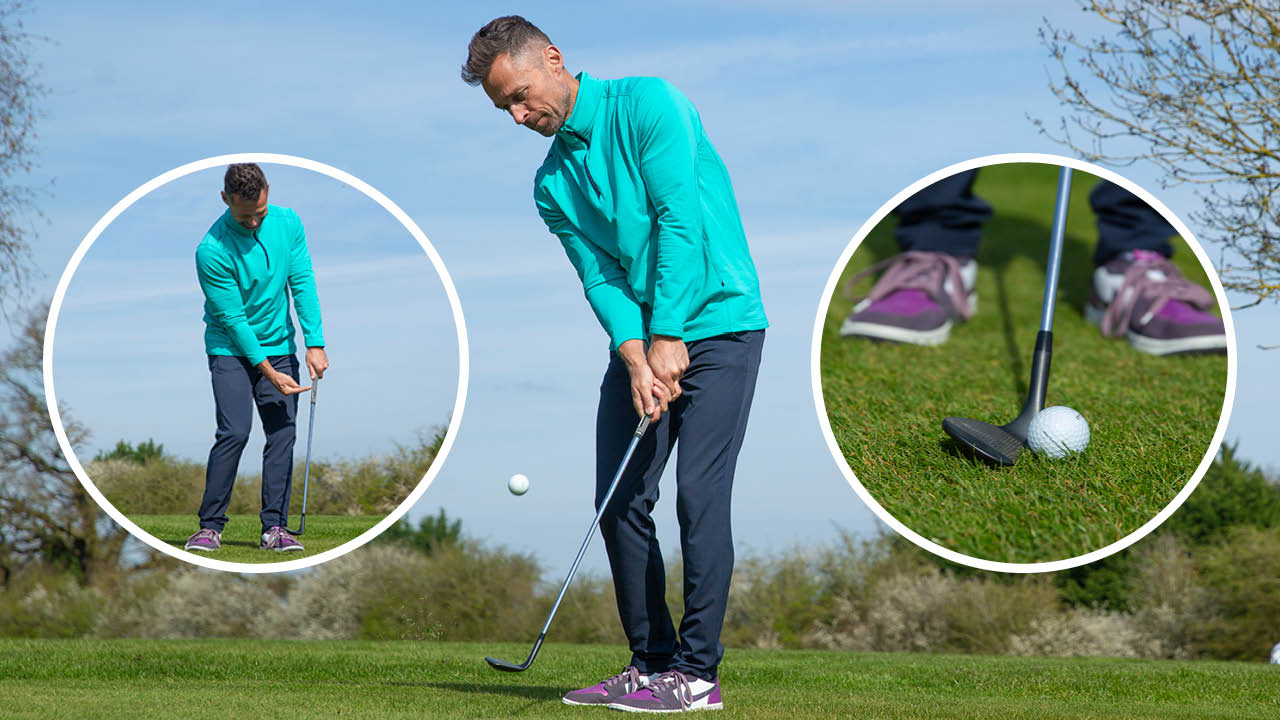

For many amateur golfers, improving their short game can be a real challenge. Whether they struggle to find the time to practice, or prefer to focus on other areas of the game, the pursuit of wedge wizardry is often a matter of accessing the right golf tips.
With many aspects to consider, like how to use the bounce on your wedges and how to spin the golf ball, the best course of action is to seek the advice of a short game expert. Luckily for you, we have done just that.
In this video and article, PGA Tour coach and short game expert James Ridyard talks us through the best ways to utilise bounce on your wedges in a bid to make you a formidable force around the greens...
What Is Bounce On A Wedge?
Put simply, the 'bounce' is the angle at which the leading edge sits above the ground at address. By controlling the bounce, and ensuring the club doesn't dig too far into the ground at impact, you have a much better chance of controlling your ball flight, spin and ultimately reaching your preferred target.
How Can I Use The Bounce On My Wedge?
Let's dive straight into one of the most important aspects for bounce, which is shaft lean. Most golfers assume that if you add shaft lean to your wedge at address, you won't be accessing the bounce. That is, in fact, only true if the face is square or slightly closed to target.
If you are someone who delivers the ball with a square clubface, and the forward lean number is more than the bounce angle, that is going to hurt your end result.

Short Game Expert James Ridyard demonstrating a square club face at address
Conversely, if you play the club with a slightly open face, it is possible to put forward lean on the club and increase the bounce angle.
Subscribe to the Golf Monthly newsletter to stay up to date with all the latest tour news, equipment news, reviews, head-to-heads and buyer’s guides from our team of experienced experts.
In the video above, you can see I have demonstrated this shot with a lot of forward lean but left no marks on the ground where I made contact with the ball, as the club hasn't dug into the ground at all.

Short Game Expert James Ridyard demonstrating an open club face at address
How Can I Strike My Wedges More Consistently?
The first hurdle to get over mentally is that it doesn't have to be perfect, as long as you can build in some margin for error. As a short game coach, I have no real issue with someone making contact with the ground behind the golf ball. That may surprise a lot of people, but it's usually their negative experience of hitting ground first that fuels that angst.
However, if you deliver the club effectively you can build in some margin for error, and while this won't be the most sexy low spin you have ever seen, it will be on the green and in a good position.
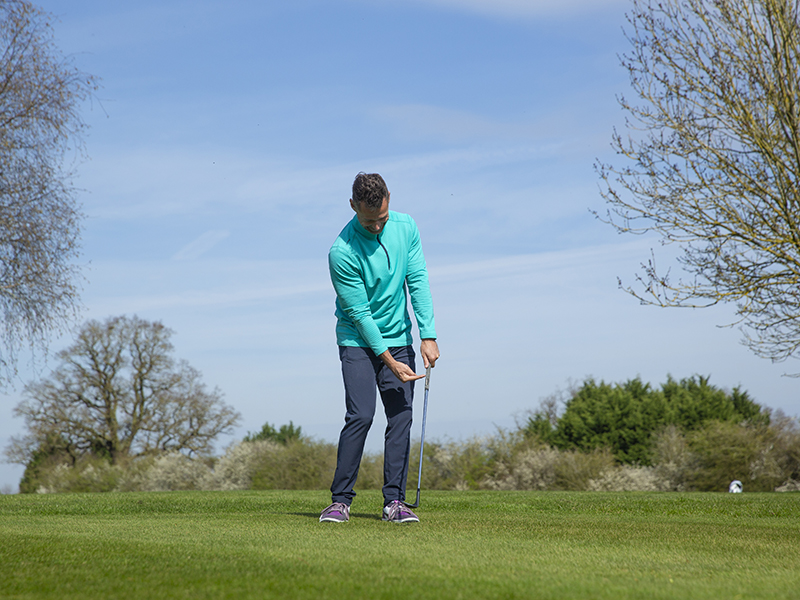
Short Game Expert James Ridyard demonstrating raising the low point with a wedge
The key aspect to this is controlling the depth of your swing (low point), and considering the swing as more of an up and down motion as opposed to forward and back.
If my club is going to make contact 3 inches below the turf, it doesn't matter how much bounce I have – it isn't going to save me. Essentially, what we need to do in order to avoid this is raise the low point of the swing up.
The simplest way to achieve this would be to have the butt of the grip start to rise more through impact. This will help to raise the low point, meaning the contact zone on the ground can be a little bit further behind the ball to utilise the bounce.
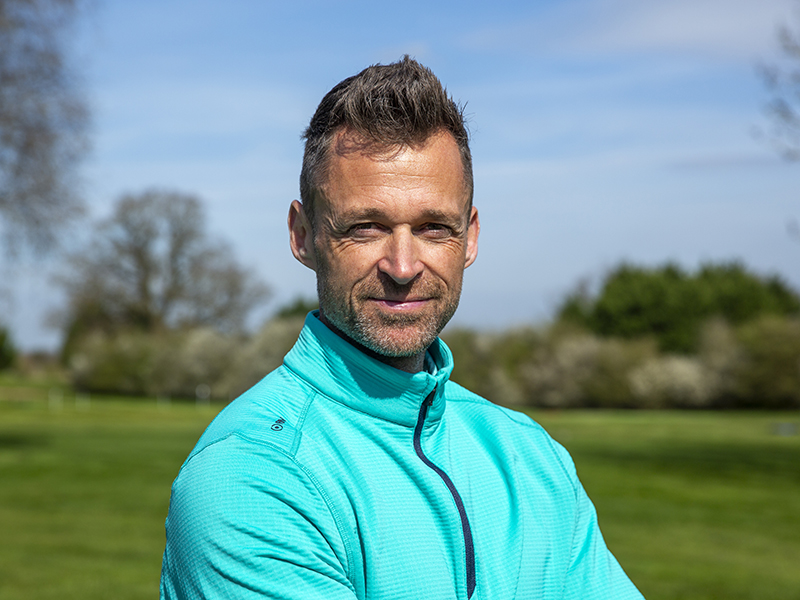
James Ridyard is a prominent figure in the world of golf, renowned for his expertise in short game instruction and coaching. Throughout his career, Ridyard has amassed a wealth of experience working with golfers of all levels, from beginners to professionals and major winners. His unique approach to coaching combines a deep understanding of biomechanics, physics, and psychology, allowing him to tailor his instruction to the individual needs of each player.
Ridyard is widely recognised for his innovative teaching methods, which emphasise simplicity, efficiency, and effectiveness. He is known for his ability to break down complex concepts into easy-to-understand principles, empowering his students to improve their game rapidly and consistently.
-
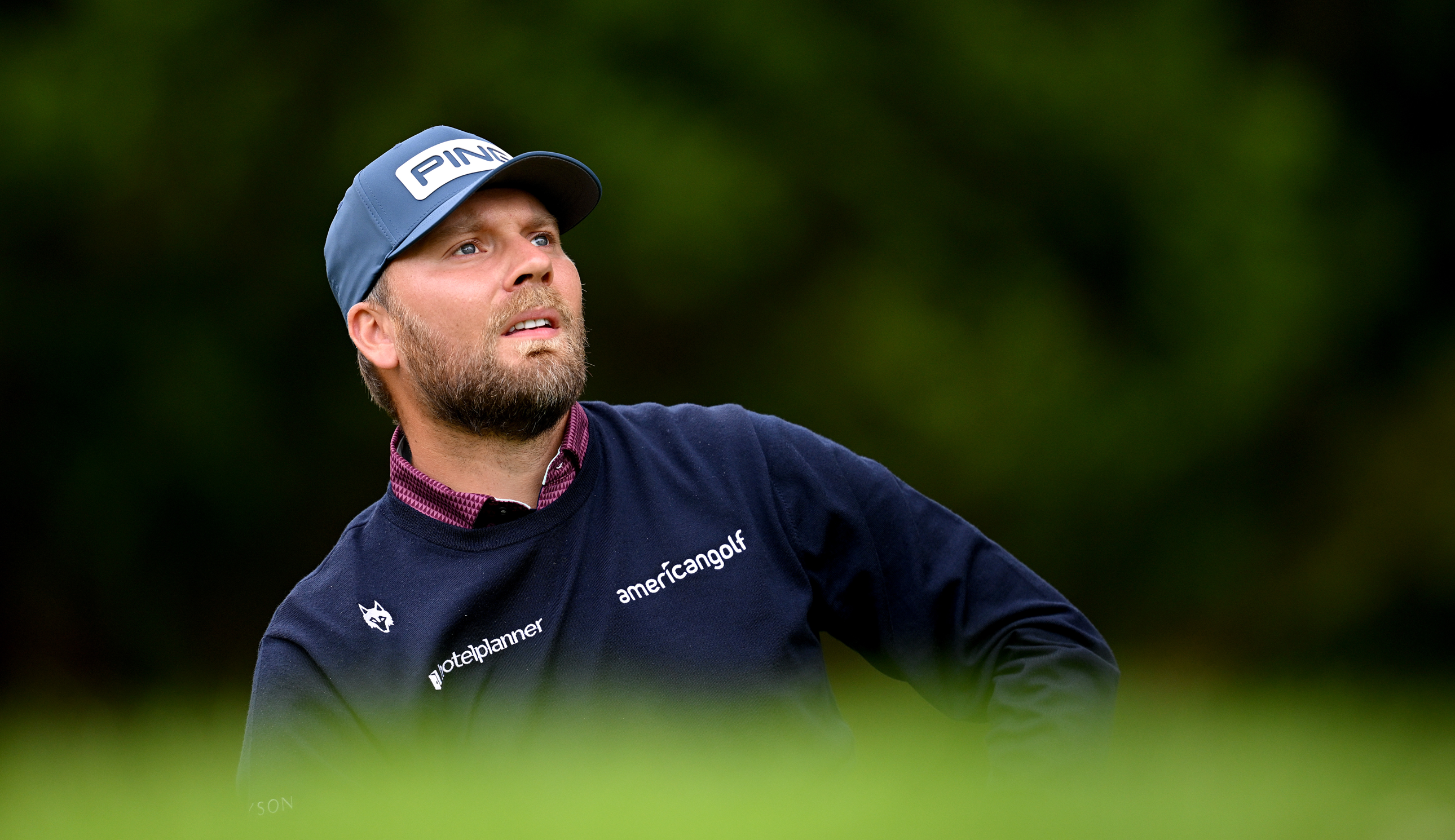 Daniel Brown Earns PGA Tour Card After Laurie Canter Joins LIV Golf
Daniel Brown Earns PGA Tour Card After Laurie Canter Joins LIV GolfFollowing Laurie Canter's move to the LIV Golf League, it's been confirmed that Daniel Brown has earned the final PGA Tour card after narrowly missing out originally
-
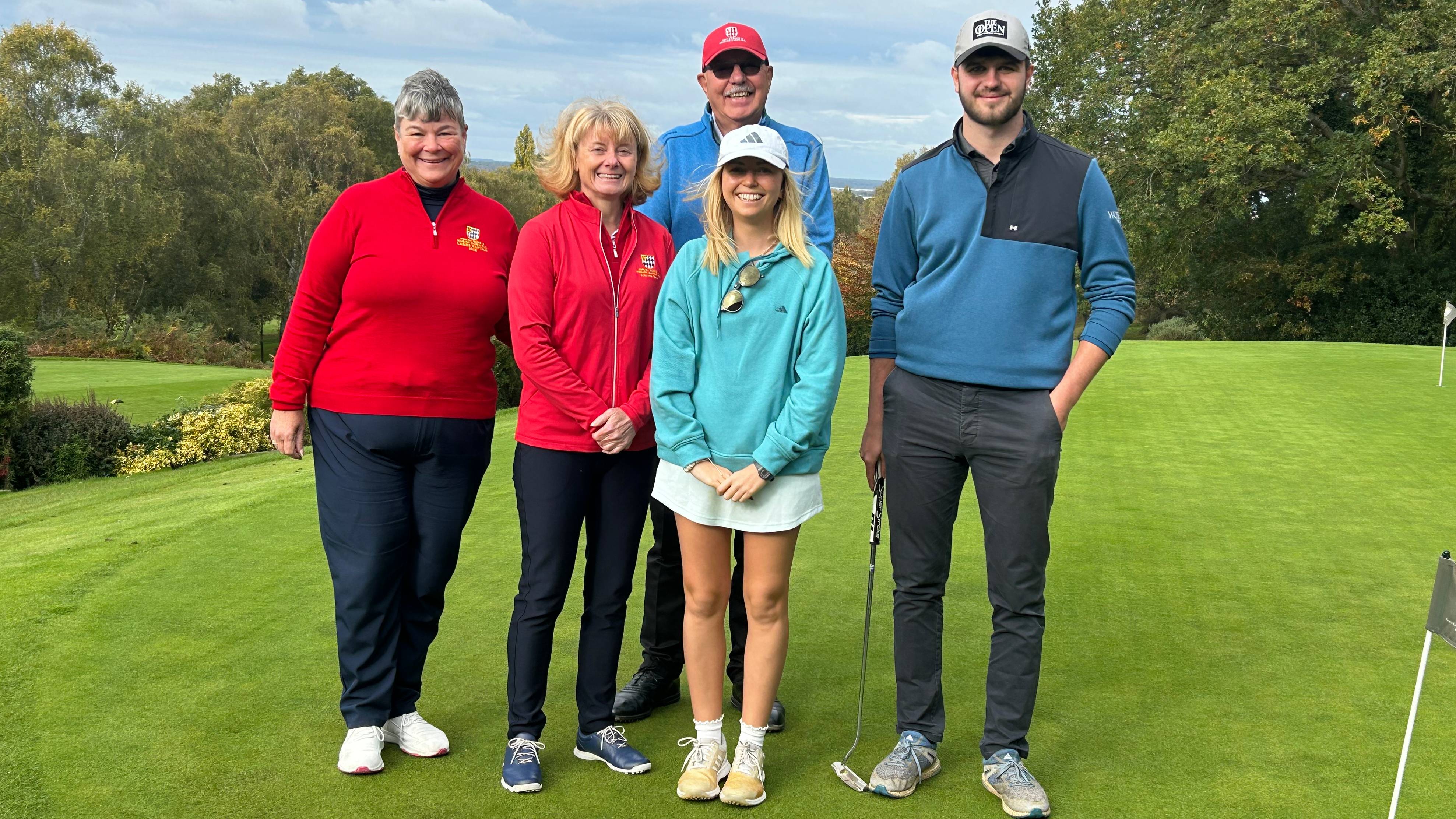 I'm A Young Woman Who Thought Traditional Golf Clubs Weren't For Me. Here's Why I've Changed My Mind
I'm A Young Woman Who Thought Traditional Golf Clubs Weren't For Me. Here's Why I've Changed My MindThe facilities don't matter, but the people inside do. Why traditional golf clubs offer support the resort life can't match